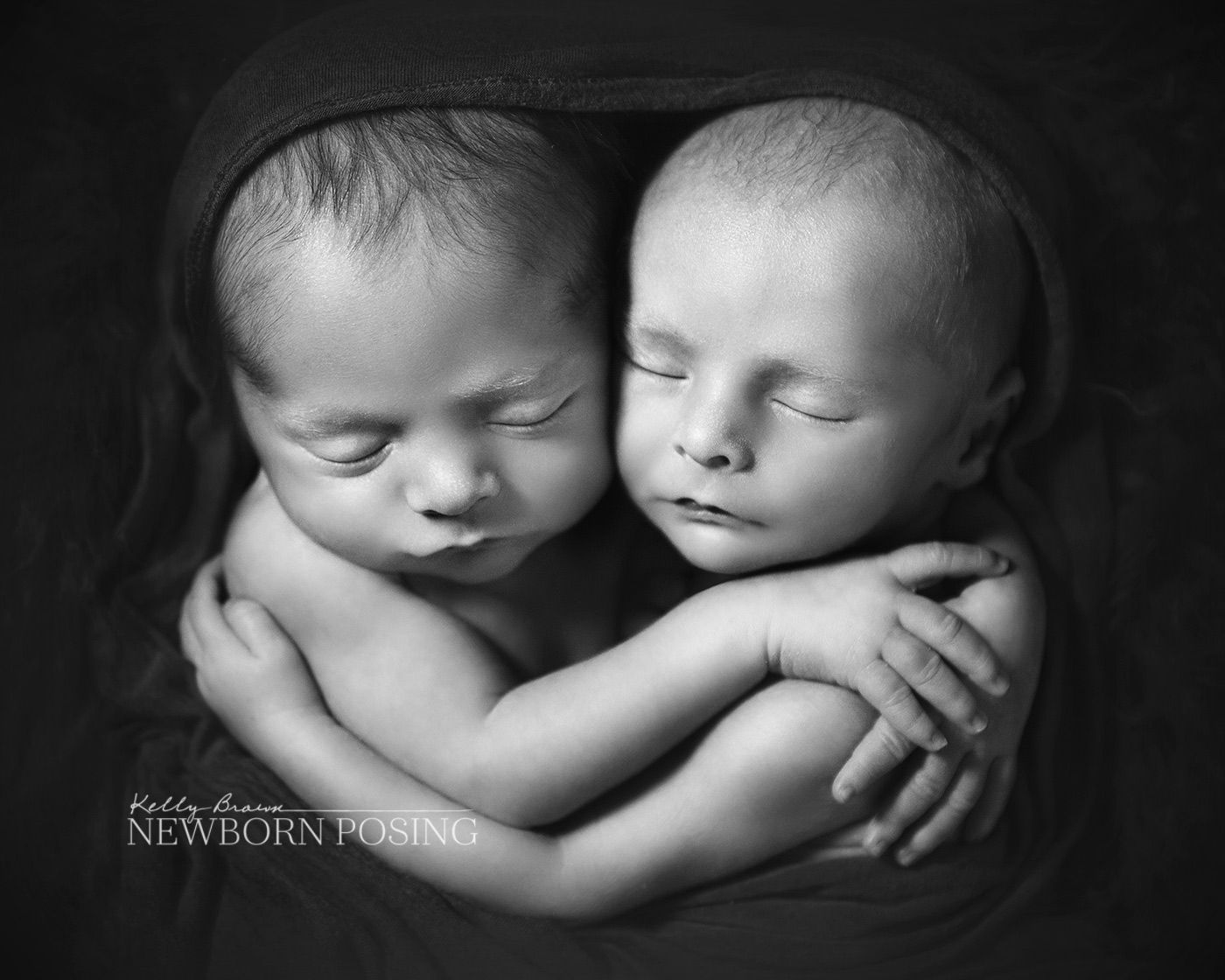Capturing Essence: Value Examples in photography
Photography, at its core, is more than just recording a visual scene. It’s about conveying meaning, evoking emotion, and ultimately, communicating value. This value can be aesthetic, emotional, documentary, or even commercial. Understanding how to infuse your photography with these values is crucial for creating impactful and lasting images. This article explores various value examples in photography, illustrating how photographers leverage different techniques and approaches to achieve their desired outcomes.
Aesthetic value in photography centers around the pursuit of visual appeal and beauty. It’s about creating images that are pleasing to the eye, evoke a sense of harmony, and demonstrate artistic skill.

1. Compositional Mastery: Guiding the Viewer’s Eye
Composition is the foundation of aesthetic value. Photographers use techniques like the rule of thirds, leading lines, symmetry, and framing to create visually balanced and engaging images.
Rule of Thirds: This principle divides the frame into nine equal parts, placing key elements along the intersecting lines or points. For example, a landscape photographer might position the horizon along the lower third and a prominent tree along the left third, creating a more dynamic and visually interesting composition.
2. Light and Shadow: Sculpting the Scene

Light is the photographer’s primary tool for creating mood and atmosphere. Understanding how to manipulate light and shadow is essential for achieving aesthetic value.
Golden Hour: The soft, warm light of the golden hour (shortly after sunrise and before sunset) creates a flattering and ethereal quality in photographs. This light enhances colors and textures, adding a sense of magic to the scene.
3. Color and Tone: Evoking Emotion
Color and tone play a significant role in conveying aesthetic value and evoking emotional responses. Photographers carefully select and manipulate colors to create specific moods and atmospheres.
Color Harmony: Using a limited color palette or complementary colors can create a sense of visual harmony and unity in the image. This technique is often used in fine art photography and advertising.
Emotional value in photography focuses on evoking feelings and connecting with the viewer on a deeper level. It’s about capturing moments that resonate with human experience and create a sense of empathy or understanding.
1. Storytelling: Narrating Human Experience
Photography has the power to tell stories and convey emotions through visual narratives. Photographers use their images to capture moments of joy, sorrow, love, and loss, creating a connection with the viewer.
Candid Moments: Capturing unposed and spontaneous moments can reveal genuine emotions and create a sense of authenticity. Street photography and documentary photography often rely on candid moments to tell compelling stories.
2. Capturing Fleeting Moments: The Power of Time
Photography has the unique ability to freeze time and capture fleeting moments that would otherwise be lost. This ability to preserve memories and emotions is a significant source of emotional value.
Decisive Moment: Coined by Henri Cartier-Bresson, the decisive moment refers to the precise instant when all the elements of a scene come together to create a meaningful and compelling image.
3. Empathy and Connection: Sharing Human Experience
Photography can foster empathy and connection by allowing viewers to see the world through the eyes of others. This ability to share human experience is a powerful source of emotional value.
Documentary Photography: Documentary photographers often focus on capturing the lives of marginalized communities or documenting social issues, raising awareness and fostering empathy.
Documentary value in photography focuses on capturing and preserving factual information and historical events. It’s about creating a visual record of the world around us.
1. Historical Documentation: Preserving the Past
Photography has played a crucial role in documenting historical events and preserving the past. From war photography to scientific documentation, images provide valuable insights into our history.
War Photography: Images of war capture the realities of conflict and its impact on individuals and societies. These images serve as historical records and raise awareness about the human cost of war.
2. Journalistic Photography: Reporting the News
Journalistic photography plays a crucial role in reporting the news and informing the public. Photojournalists capture images of current events, providing visual evidence and context to news stories.
Spot News Photography: Spot news photography captures breaking news events as they unfold. These images often document dramatic and impactful moments, providing visual evidence of the news.
3. Social Documentation: Capturing Everyday Life
Social documentation focuses on capturing the everyday lives of individuals and communities. These images provide valuable insights into social trends, cultural practices, and the human condition.
Street Photography: Street photography captures candid moments in public spaces, documenting the rhythms and patterns of urban life.
Commercial value in photography focuses on using images to promote products, services, and brands. It’s about creating visually appealing and persuasive images that drive sales and marketing efforts.
1. Advertising Photography: Selling Products and Services
Advertising photography plays a crucial role in promoting products and services. These images are designed to capture attention, create desire, and ultimately drive sales.
Product Photography: Product photography focuses on capturing images of products that highlight their features and benefits. These images are used in catalogs, websites, and advertising campaigns.
